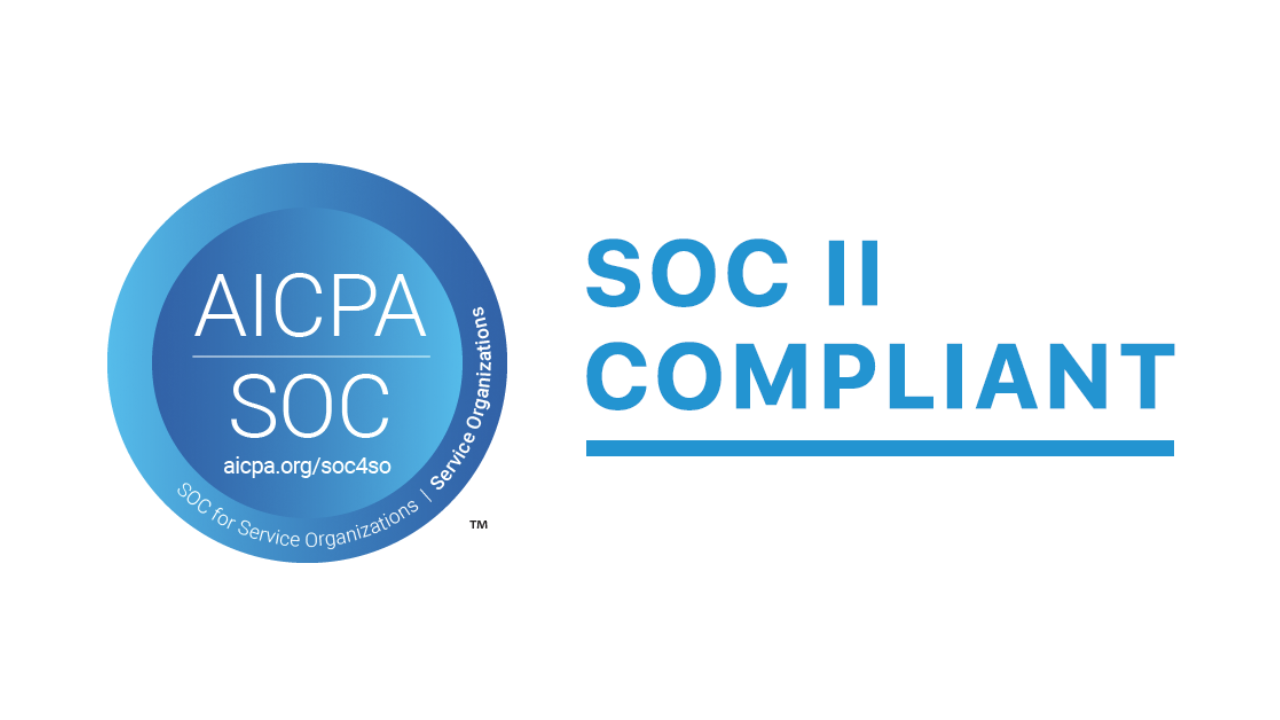The New Standard for Insurance Security: Claims Letters Achieves SOC 2 Type 2

Insurance was built on the foundation of risk prevention—yet today, insurers themselves are becoming some of the biggest targets for cyber threats. In 2024, the Finance & Insurance sector faced the second-highest number of cyberattacks, accounting for 18.2% of all global incidents (IBM, 2024). Meanwhile, FBI data reveals that cybercrime losses surged to $12.5 billion in 2024—a 22% increase from the previous year.
With insurers handling some of the most sensitive financial and personal data, decision-makers cannot afford to overlook security when evaluating InsurTech solutions.
Insurance at Risk: The Growing Cybersecurity Challenge
Security is critical in the insurance industry due to this industry’s handling of highly sensitive personal, financial, and medical data, making it a prime target for cyberattacks. Unlike industries that handle basic customer data, insurers store:
- Social Security Numbers & Tax IDs
- Banking & Payment Information
- Medical History & Health Records
- Employment & Risk Assessment Data
- Legal & Liability Documents
A breach in any of these categories exposes individuals to fraud, identity theft, and financial loss, making insurance a prime target for cybercriminals.
In 2024, the Change Healthcare breach underscored this risk when cybercriminals exploited a remote access vulnerability, exposing personal health and insurance data from over 100 million individuals—one of the largest healthcare-related cyberattacks in history. The breach, which was traced back to a failure to enforce multifactor authentication on critical systems, disrupted claims processing nationwide and triggered regulatory scrutiny and financial fallout for insurers relying on the compromised system.
This breach underscores a broader trend: insurance fraud is a multi-billion-dollar issue, and cybercriminals are increasingly exploiting security gaps in interconnected digital ecosystems to commit fraud at scale.
Where Insurance Systems Face the Greatest Threats
In the Digital Age, insurers rely on highly interconnected systems to streamline claims processing, integrate InsurTech solutions, and ensure operational efficiency—but this interconnectivity also expands their attack surface and security risks.
Claims ecosystems involve multiple data exchanges between policy management platforms, third-party adjusters, reinsurers, payment processors, and regulatory systems, often facilitated by APIs and cloud integrations. While these connections improve speed and automation, they also introduce vulnerabilities, as 65% of breaches in the insurance sector originate from third-party integrations or API security gaps (Ponemon Institute, 2023).
A single weak link—such as misconfigured cloud storage, unencrypted claims data, or an insecure API endpoint—can expose policyholder information, claims history, and financial records to cybercriminals.
To mitigate these threats, insurers must adopt a zero-trust architecture, implement end-to-end encryption across claims workflows, and enforce continuous monitoring of all third-party access points, ensuring that efficiency doesn’t come at the cost of security.
From Risk to Assurance: The Importance of a SOC 2-Compliant InsurTech Ecosystem
In an industry where claims processing, policy management, and third-party integrations rely on interconnected systems, security gaps can expose insurers to breaches, fraud, and regulatory penalties.
A SOC 2-certified InsurTech ecosystem guarantees that every component of the claims and policy lifecycle meets the highest security, encryption, and access control standards. The SOC 2 Certification guarantees that all cloud-based, software-driven workflows are continuously monitored, rigorously tested, and securely structured to prevent unauthorized access. It furthermore aligns with HIPAA, GLBA, and GDPR mandates, ensuring that claims data, underwriting records, and payment transactions remain confidential, auditable, and protected against cyber threats.
Without a SOC 2 framework, insurers risk introducing unverified InsurTech tools into their architecture, potentially compromising sensitive policyholder data and weakening regulatory compliance efforts. By embedding SOC 2-certified solutions, insurers not only fortify their security posture but also ensure that their digital transformation efforts remain scalable, compliant, and resilient against evolving cyber risks.
Claims Letters Achieves SOC 2 Type 2 Compliance
In February 2025, Claims Letters, LLC achieved SOC 2 Type 2 Certification, reinforcing its position as a highest-standard security provider in the InsurTech space. This certification ensures that Claims Letters meets rigorous industry safeguards for data security, compliance, and operational reliability.
SOC 2: Type 1 vs. Type 2 – What’s the Difference?
- SOC 2 Type 1: A snapshot assessment of security controls at a single point in time, ensuring policies and procedures are properly designed but not necessarily tested for long-term effectiveness.
- SOC 2 Type 2: A rigorous, months-long audit that verifies security measures operate effectively over time, proving an organization’s continuous commitment to data protection, risk management, and compliance.
When investing in technological innovation, SOC 2 Type 2 compliance should be a non-negotiable standard, ensuring your InsurTech solutions are built for long-term resilience, compliance, and trust.
With SOC 2 Type 2 compliance, Claims Letters delivers a best-in-class security framework, ensuring insurers operate with the highest standards of data integrity, encryption, and third-party risk management.
Want To Discuss Your InsurTech Ecosystem?
Schedule a time, and let’s discuss how Claims Letters integrates with your system architecture—delivering the most efficient and effective claims communications solution available.